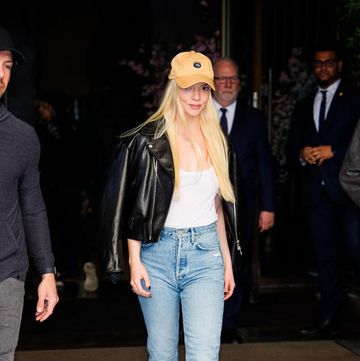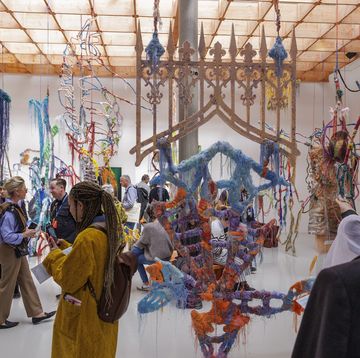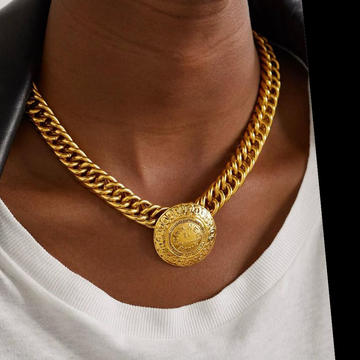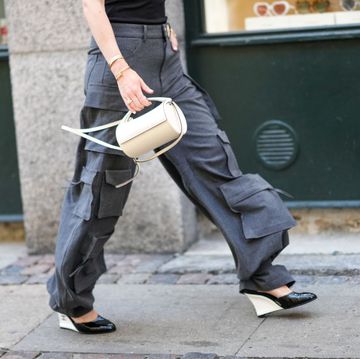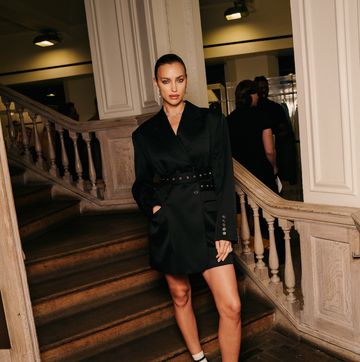Six months ago in Milan, a tearful Raf Simons waved goodbye after receiving a standing ovation for his final Jil Sander collection. The industry was beside itself at the thought of this incredible talent, out of a job, with no house to head up. At that point, Dior was merely a rumour. Today, at his debut ready-to-wear collection for Dior, you could see that his seven-year tenure at Jil Sander had been the best possible apprenticeship a greenhouse, if you like, for his talent to flourish. Everything he had achieved there was crystallised in this collection. It was a landmark on many levels: A designer at his creative best; a luxury fashion house at the dawn of a new era; the fashion industry on the brink of change. (With Hedi Slimane about to start a new chapter at Yves Saint Laurent, these two influential minimalists will have an impact on fashion the like of which we have not seen.) I am a fan of minimalism, said Simons in his show notes, It is a conceptual approach that I like, but it is not the only one I like. Neither is it only one type of woman that I want to appeal to. Could there be a stronger, more powerful statement of a confident modern woman than his first three exits? Three black tuxedos stark and simple a black, pink, then red silk scarf, worn like a choker around the neck. But he wanted to move away from the notion of anti sex, as he put it, typified by sparse minimalism, and so the silhouettes began to soften: an apparently strict jacket at the front, suddenly burst with concertina pleats at the back; grey tailoring accentuated curves and kicked out at the thigh with flirtatious mini-pleat skirts; he introduced soft colours in iridescent mini dresses, playful stripes and transparent layers. The last flood of colour took the form of fluid panels red, yellow and pink worn over brief black shorts. Throughout, you could see that Simons had been picking through the archives the 1960s, with those micro, striped, sheeny mini dresses but far from being overwhelmed by this houses great history, he seamlessly retuned the past into the present. What could be more modern than his finale of huge floral ball skirts worn, of course, with plain black minimal bodies? Raf Simons Dior: The making of a new femininity.
Simons' for Dior: The New Femininity
The definition of modern is Dior at Raf Simons' first ready to wear collection for the label.
By Team ELLE and None
Watch Next

Advertisement - Continue Reading Below
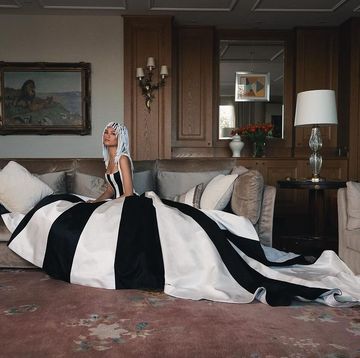
Zendaya Aces Red Carpet Tenniscore Once Again

Zendaya Leads The Return Of Slogan T-Shirts
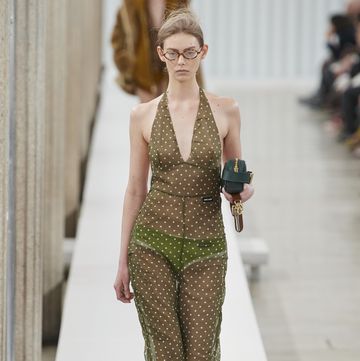
Making Sense Of All The Sheer Dresses

The Best Camel Coats To Invest In Now
Advertisement - Continue Reading Below
Advertisement - Continue Reading Below

